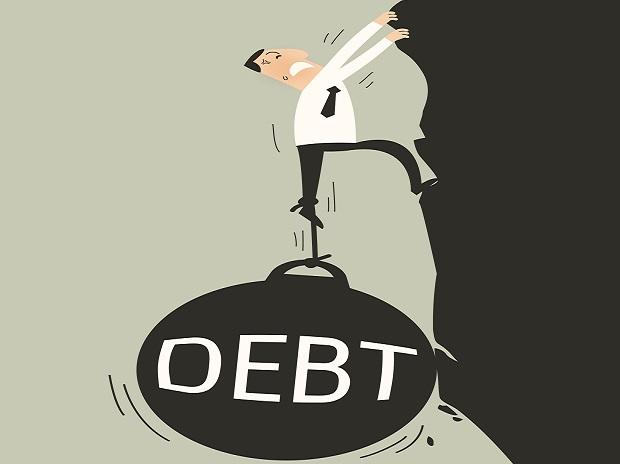Further, around 25 per cent of the vulnerable debt is likely to turn delinquent, resulting in additional Rs 2.54 trillion of delinquent debt.
At
least Rs 10.52 trillion worth of corporate loans — around 16 per
cent of the system-level corporate
debt — is likely to default over the next three years due to
prolonged slowdown in the economy. Further, around 25 per cent of the
vulnerable debt is likely to turn delinquent, resulting in additional
Rs 2.54 trillion of delinquent debt, according to a recent report by
India Ratings & Research. This is likely to result in incremental
delinquencies to the extent of 4 per cent of the system-level
corporate debt, the report adds.
A
loan becomes delinquent when a borrower makes payments late (even by
one day) or misses a regular instalment payment(s).
India
Ratings has taken into account top 500 debt-heavy private-sector
issuers for the study after assessing their asset quality. The report
buckets issuers in five categories of vulnerability — low,
moderate, high, extreme and stressed.
The
report details the base, bull and bear case estimates for system-wide
credit costs based on the historical default rates and loss, given
default for each vulnerability bucket. Credit costs on the corporate
book are likely to amount to 2.15 per cent of the system debt in the
base case.
"Of
the companies which are already stressed (that is, recognised as
defaulters by banks and credit rating agencies), lenders to at least
half of these companies are likely to be required to take deep
haircuts, given the inherently weak asset quality of these issuers,"
said Arindam Som, analyst at the ratings company.
However,
in case the growth in real gross domestic product (GDP) sees a sharp
recovery (around 7 per cent over FY21-FY22), delinquencies could be
lower by 87 basis points (bps) to 3.13 per cent of the system debt.
But, if the slowdown accelerates, to say 4.5 per cent over FY21-FY22,
delinquencies could be higher by an additional 159 bps to 5.59 per
cent of the system debt, the report added.
India's
gross domestic product (GDP) growth slipped to nearly a 7-year-low of
4.7 per cent in the December quarter, owing to contraction in
investment and manufacturing output. Looking ahead, GDP growth is set
to stagnate at 4.7 per cent in the March quarter (Q4), too, according
to the annual estimate by the National Statistical Office (NSO),
which has forecast 5 per cent growth for full financial year.

No comments:
Post a Comment